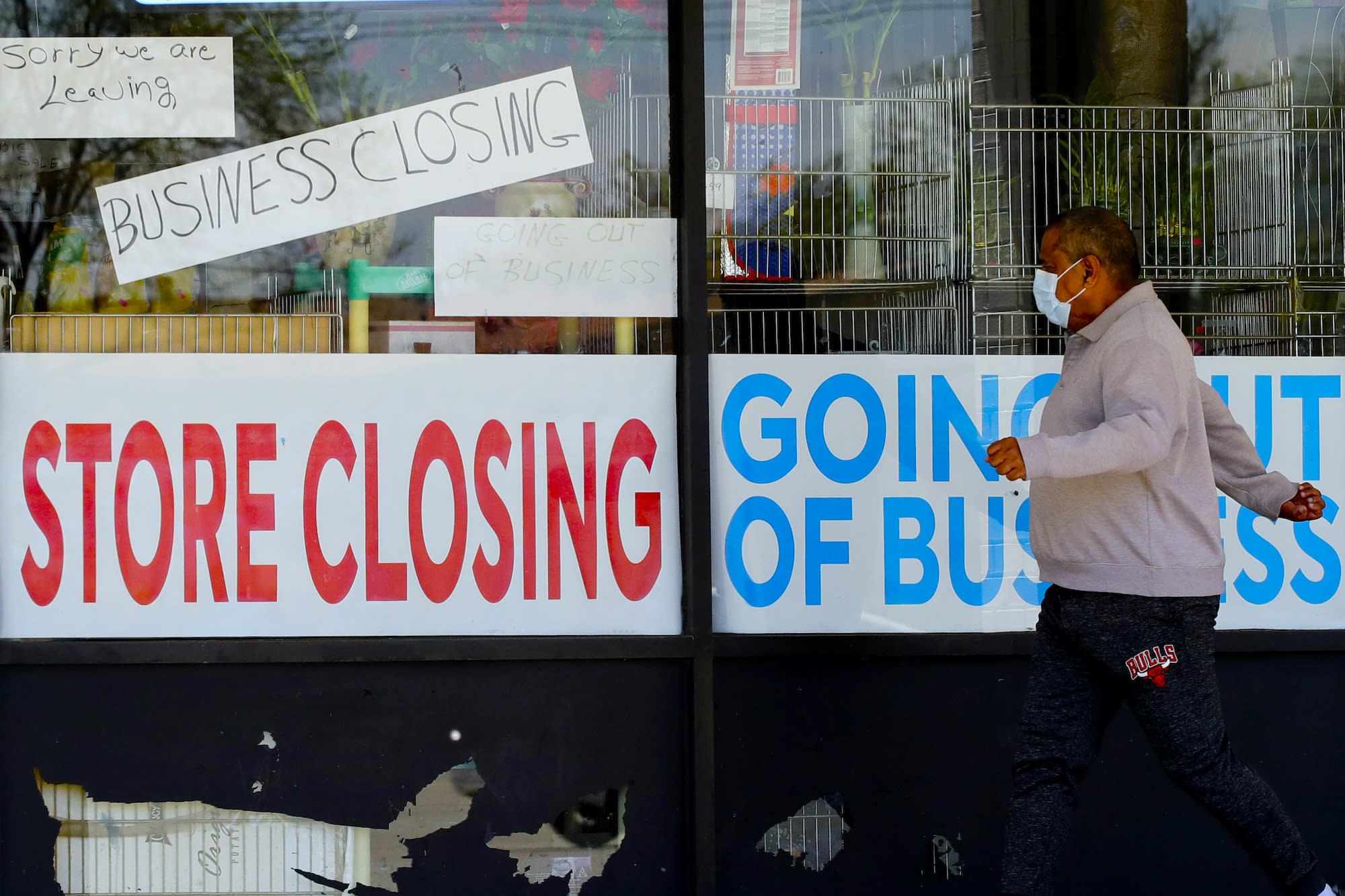BY DESMOND LACHMAN, OPINION CONTRIBUTOR
In 2008, economists were caught flatfooted by the Great Recession that followed in the wake of the Lehman Brothers bankruptcy. The main reason for this failure was that they had turned a blind eye to the financial sector’s acute vulnerability to the potential bursting of the U.S. housing and credit market bubble. In the event, that bursting brought on a deep and painful economic recession.
Today, it seems that many economists have learned little from their 2008 forecasting failure. Instead of focusing on how vulnerable the U.S. and world economic financial systems are to the potential bursting of the global “everything” asset price and credit market bubble, too many are fretting about the risk of a return to the 1970s inflation problems. Many economists are setting themselves up for another major forecasting failure when the inevitable bursting of today’s bubble finally arrives and upends the global economic recovery.
One reason for surprise at the economists’ current complacency is that today’s asset and credit market bubbles are much more pervasive than they were in 2008. Another is that today’s U.S. and world debt levels in relation to GDP are much higher than they were back then. According to the Institute for International Finance, world debt-to-GDP levels rose during the pandemic by 35 percentage points to an all-time high of 350 percent.
In the run up to the 2008 economic recession the bubbles were largely confined to the U.S. housing and credit markets. But today the bubbles are to be found in practically every corner of the world’s asset and credit markets. It is not simply that today U.S. inflation-adjusted housing prices are higher than they were in 2006 or that U.S. equity valuations are at lofty levels experienced only once before in the past 100 years. It is that vast amounts of money have been loaned to borrowers with dubious ability to repay. Those monies have been loaned at very low interest rates that do not nearly compensate the lenders for default risk.
A particularly troubling instance of gross credit misallocation is that characterizing the emerging market economies, which now account for around half of the world economy. These economies have now become more indebted than ever before at relatively low interest rates as global investors have stretched for yield. This has been the case despite that the pandemic has upended their economies and, in many instances, put their public debt on an unsustainable path.
Over the past year, two factors have kept global asset and credit markets well bid. One is the large amount of money printing by the world’s major central banks, and the other is the strength of the world economic recovery from its March 2020 COVID-19 low. This makes today’s widespread complacency about economic recession risk in 2022 even more surprising considering that we appear to be on the cusp of a reversal in those two supportive factors.
With inflation now running at a rate well above their inflation targets, it’s only a matter of time before the world’s major central banks turn off the monetary policy spigots that have been fueling the “everything” bubble. Already at its last meeting, the Federal Reserve announced an acceleration of the tapering of its bond-buying program with a view to ending that program in March. That could pave the way for a more aggressive cycle of interest rate hikes than the market is currently expecting especially if the omicron variant prolongs global supply chain disruptions and causes another inflation uptick.
Yet another factor that could trigger the bursting of the global “everything” bubble might be a meaningful slowing in the global economy. In this context, markets seem to be overly complacent about the risks to the world economic recovery from the current surge in the omicron variant and from a possible sharp slowdown in the Chinese economy as a result of the acute problems in its property sector.
Read More From The PatriotAmerican
Economists and the Federal Reserve take comfort in knowing that today’s U.S. banking system is much better equipped to handle the bursting of an asset price bubble than it was in 2008. This seems to be blinding them to the high degree of exposure of the largely unregulated non-bank part of the financial system. That could be setting us up for a series of Long-Term Capital Management (LTCM) moments for which U.S. and world economic policymakers seem to be totally unprepared.

